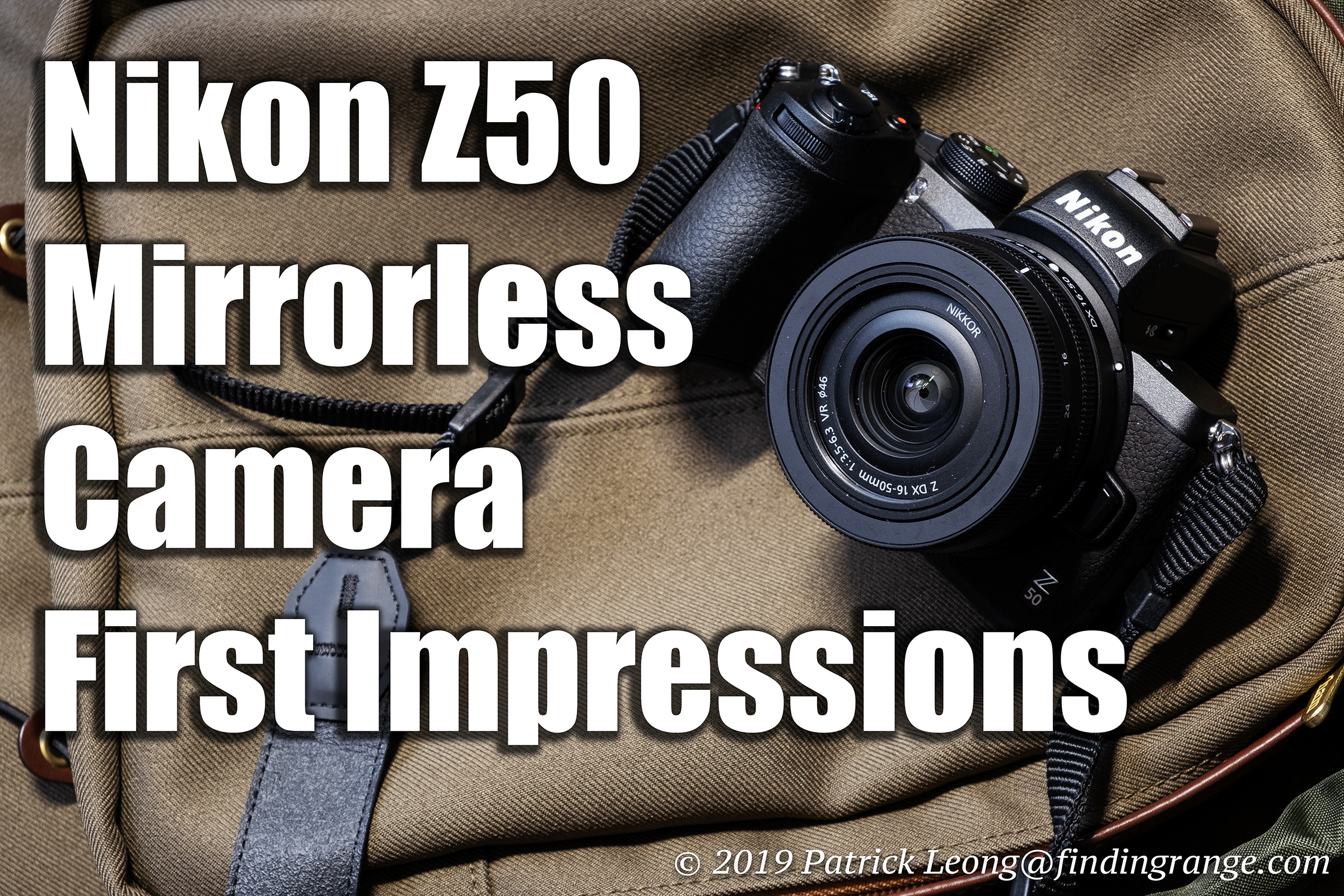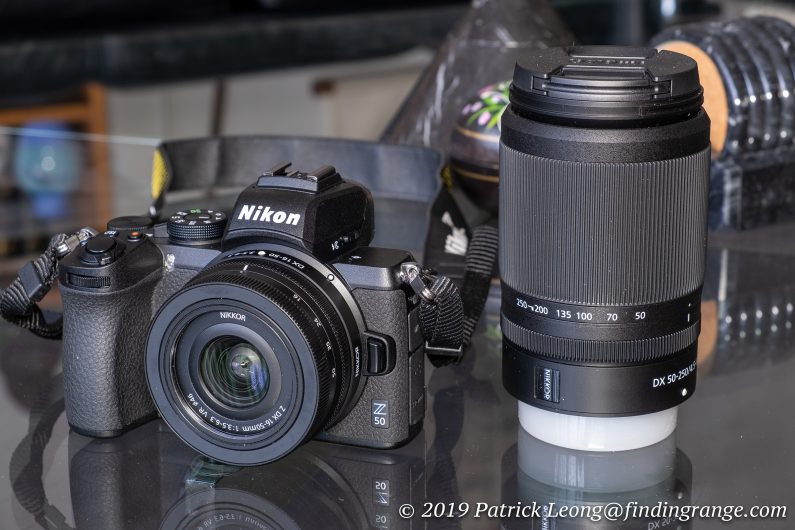Nikon Z50 Mirrorless Camera First Impressions:
Last year, we saw Nikon releasing their full frame Z6 and Z7 camera bodies, which is a big step for mirrorless, if you ask me. Both those cameras are excellent but Nikon didn’t stopped there. Recently, they released the Z50, a camera with an APS-C sensor. The first camera I thought of when I heard about the Z50 was the Fuji X-T30. It’s also why I had to get my hands on a Z50 to see what it was all about. Btw, this is my first Nikon that I’m reviewing for this site, so I am definitely excited. Here are my first impressions of it.
In terms of overall ergonomics, I really like the Nikon Z50. As you can see in the photos, it’s very compact. In fact, I had it with the standard kit zoom stuffed into one of the front pockets of my Billingham 307 with no issues at all. But here’s the thing: I think the ergonomics are one of the Z50’s major strengths because it’s also very comfortable to hold. Extremely comfortable I should say. This is a camera you’ll have no issues carrying around all day on vacation or walking around street shooting. Nikon did a fantastic job designing the grip, while also keeping the Z50 small, which is not an easy task to pull off. In fact, I think the design is better than many of it’s competitors including the Fuji X-T30.
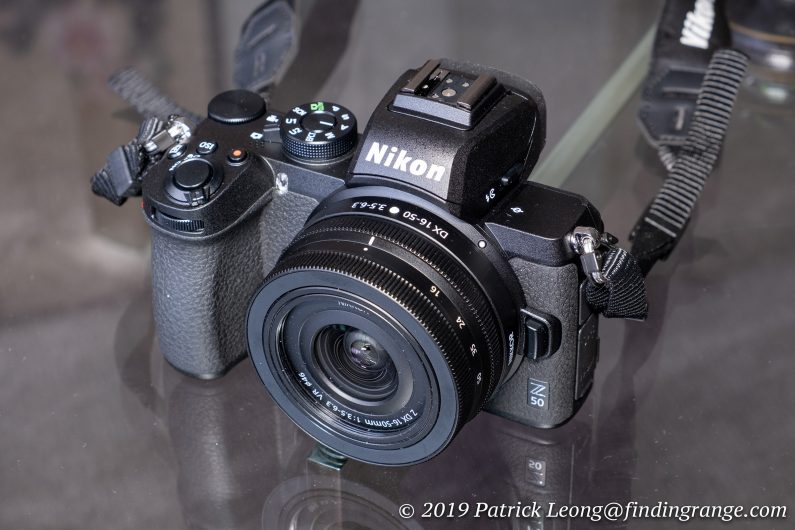
↑ The Nikon Z50 with the 16-50mm attached.

↑ The top plate of the Z50.
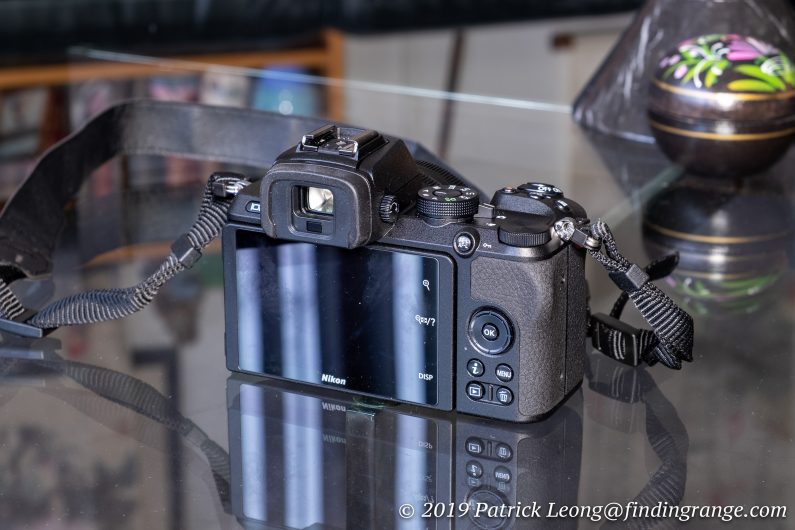
↑ The back of the Z50 is clean, and the button layout is good.
Build is also quite decent. It doesn’t feel quite as well made as the Z50’s more expensive siblings but there is also a huge price difference. The Z50 costs $856.95 where as the Z6’s list is currently $1996.95 although for the holidays, B&H Photo sells the Z6 with the FTZ Mount adapter included for $1696.95. While the Z50’s more expensive siblings have an edge in terms of build, the Z50’s chassis is still made of magnesium alloy. It’s also dust and weather resistant, which is a huge plus.
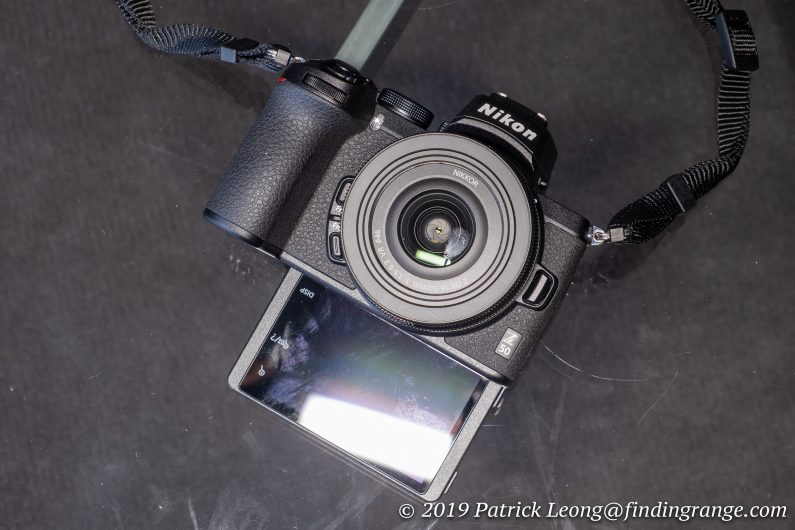
↑ The Z50 comes with an articulated display.
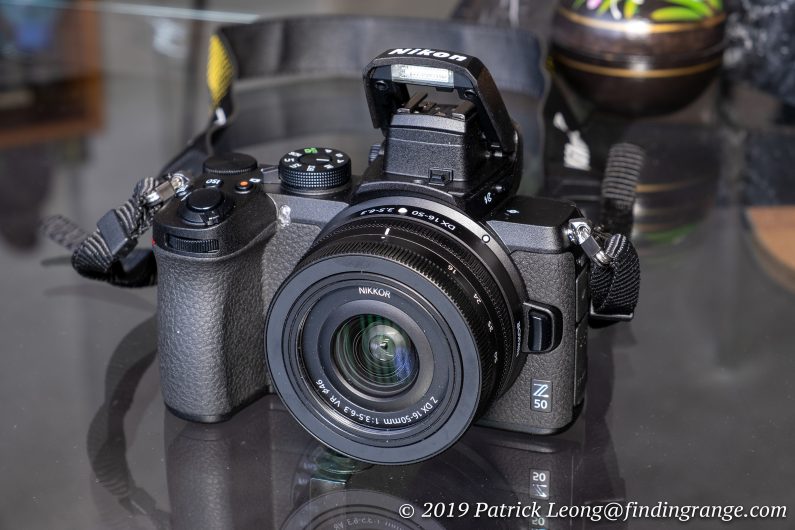
↑ The Nikon Z50 also comes with a pop up flash.
↑ You can get the Nikon Z50 with the 16-50mm, and 50-250mm as a kit.
These days, cameras are more complicated than ever before, and sometimes, these elaborate systems, quite frankly, become a mess when it comes to the menu system and overall button layout. I’m happy to report that Nikon did a great job here as well. The buttons are laid out very nicely, and never get in the way. Also, there aren’t tons of them making it confusing. The menu system is also logical and easy to navigate.
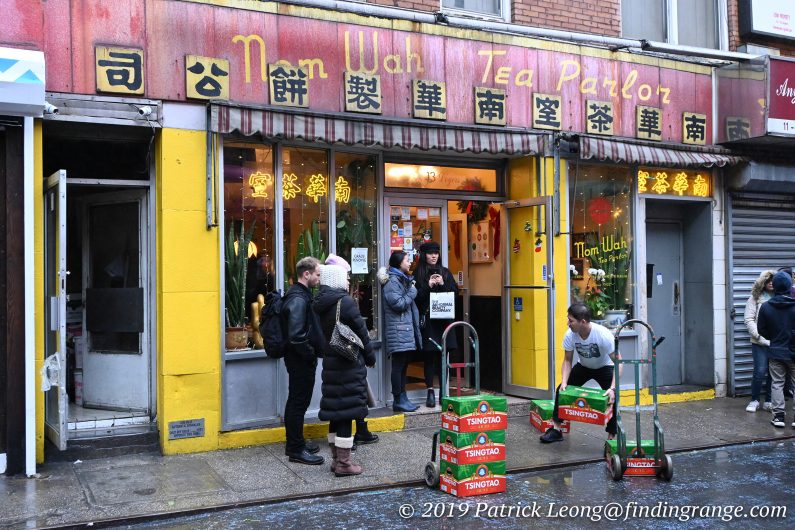
↑ Here I used the 24mm focal length and 3200 ISO. The aperture setting was f5.6.
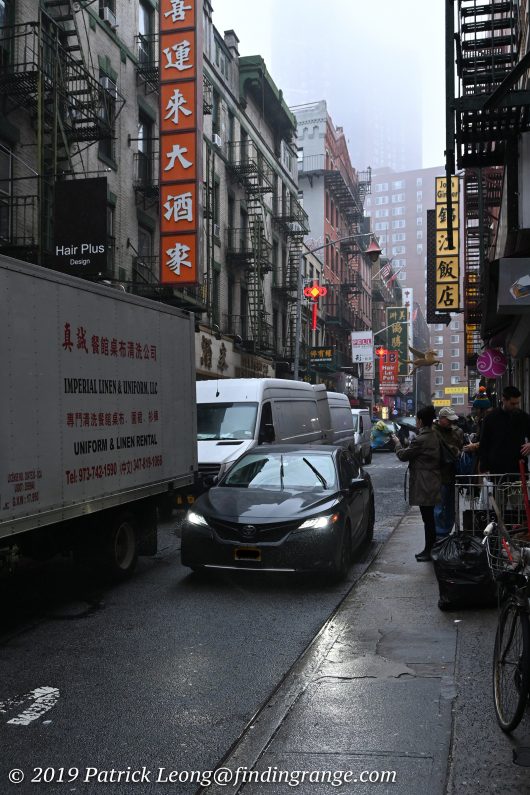
↑ I used the 24mm focal length and 1000 ISO. The lens was set at f5.6.
As for the autofocus, the Nikon Z50 uses a 209-point hybrid autofocus system with both phase-detection and contrast-detection. There’s also Eye Detection AF. Overall, the autofocus is fast, and accurate. The Eye Detection AF worked great. I brought the Z50 along with me on a shoot the other day, and it had no problems locking onto the model as she changed poses. It kept up and never ruined the rhythm of the shoot. For now, I definitely feel the autofocus is in the same league as its competitors. I haven’t tried any real action yet but I’ll do so before I finish the review.
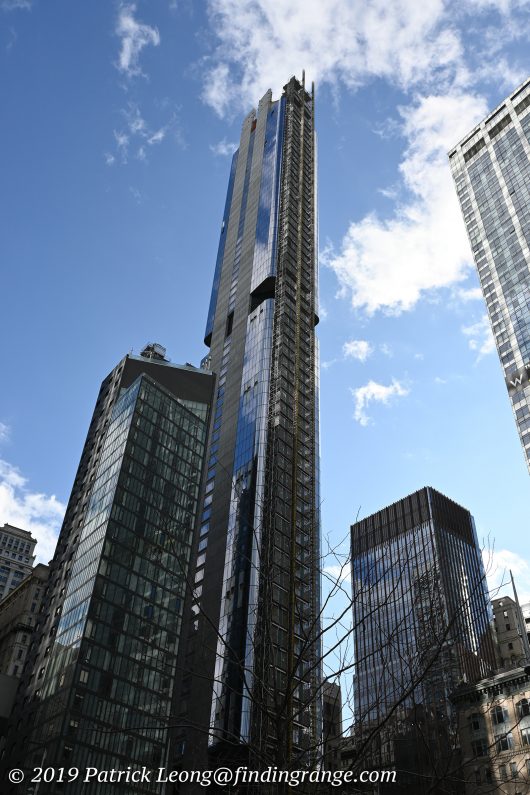
↑ This was taken with the 21mm focal length at 100 ISO. The aperture was set at f8.
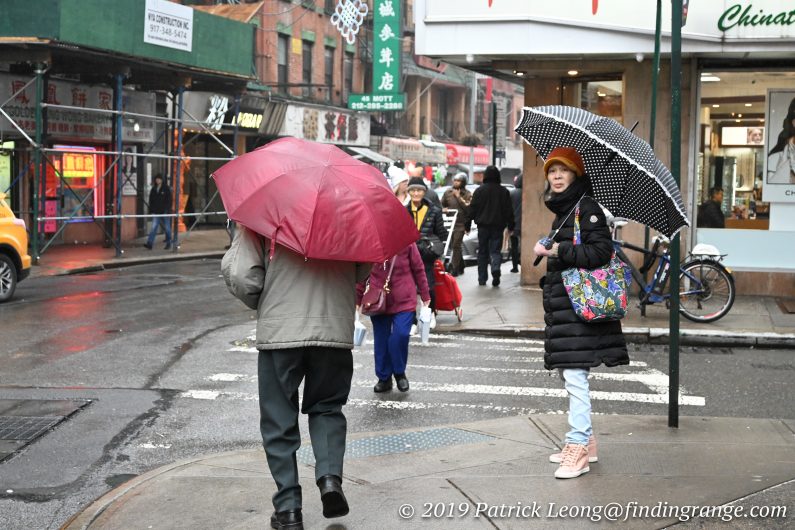
↑ This was taken at f5 with the 33mm focal length. I used 2200 ISO.
Image quality wise, the Nikon Z50 comes with a DX-format 20.9MP CMOS sensor paired with the EXPEED 6 image processor. The native ISO values are 100-51200 but it can be expanded to ISO 204800 for extreme low light shooting. Overall, color rendering looks really nice, and so far, I’m getting results I’m very happy with. Images are sharp as a tack too. Right now, I have the big Z50 kit on loan, which is a great deal I might add. It includes the 16-50mm and 50-250mm zooms for $1196.95 (holiday special). I have been using the 16-50mm mostly for now, and from the results I got so far, I can tell you that it’s a much better lens than I ever expected. All these images here were taken with the 16-50mm.
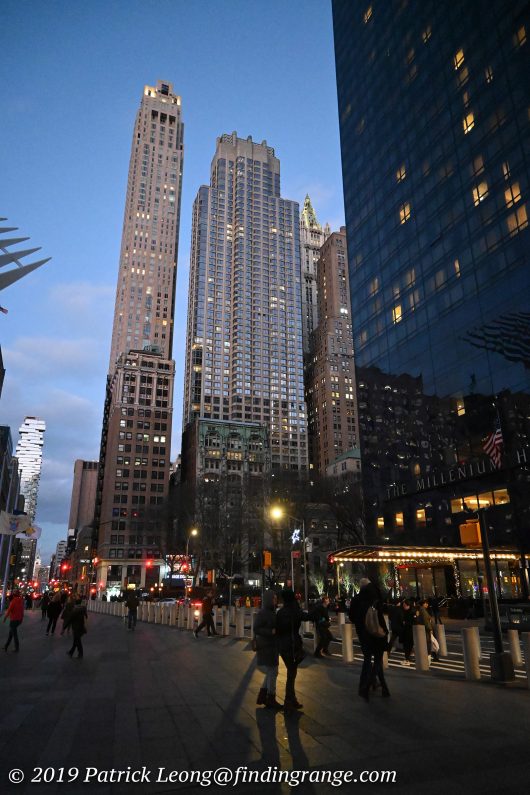
↑ This was taken using the 16mm focal length at f3.5. This was taken at 12800 ISO.
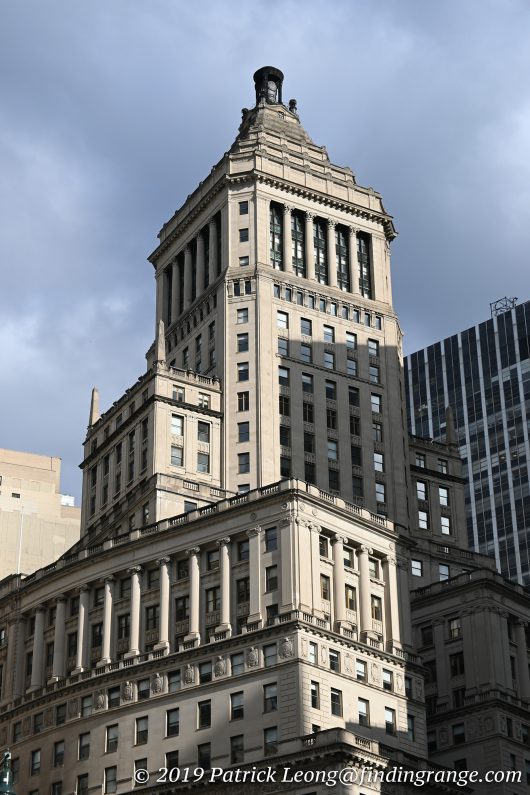
↑ In this photo, I used the 50mm focal length and 140 ISO. The lens’ aperture was set at f8.
By the way, all these images are straight out of the camera with NO editing (except for one where I covered a license plate). This camera is fully capable of producing images a professional would be happy with but because of its price range, and category that it’s under, it also appeals to more casual users, and people who may be getting more serious about photography for the first time. Therefore, I think it’s important to post the out of camera jpegs for those who may not want to deal with Photoshop. I love the out of camera jpegs from this camera. I own a Fuji X-T3, and as some of you know, Fujifilm cameras tend to produce fantastic out of camera jpegs. I’ll probably get a little hate for this haha but I actually prefer what comes out of the Z50. The saturation is jus right for me, and the photos still maintain a natural feel. For those interested in the RAW files, I’ll be posting those in my final review.

↑ This photo was taken at 16mm and 100 ISO. The lens was set at f8.
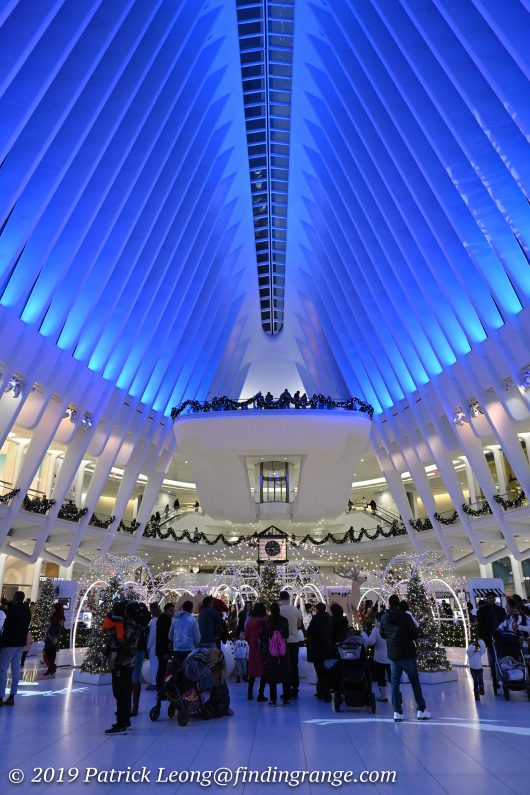
↑ I used the 16mm focal length at 3600 ISO. The lens was set at f5.6.
The other electronics are also for the most part, in league with its competitors. Battery life is pretty good; Nikon says one full charge will give you approximately 300 shots but from what I’ve been experiencing, and in the cold no less (Christmas season in NYC) I think that’s a bit conservative. Also, the EVF is great; the Z50 comes with a 2.36m-Dot OLED electronic viewfinder that’s nice, clear, and sharp. It’s easily as good as anything else in this price range. There’s also a tilting display that you can do selfies with. Lastly, there is a pop up flash.
When compared to the competition, the Nikon Z50 seems like it can hold its own so far. It does have certain advantages like great ergonomics, and weather sealing but there’s clearly one disadvantage, at least in my eyes: the lack of lenses. Competitors like Fujifilm and Sony have tons of lenses to choose from whether you’re just a hobbyist or professional. There are also a lot of third party manufacturers out there that produce a lot of lenses for those two manufacturers as well. Yes, Nikon has had a late start, so it’s understandable that they haven’t produced a ton of lenses yet. I also really think Nikon did a great job producing the Z50 overall; I think there’s real potential here but this market is very competitive, so it is in Nikon’s best interest to produces lenses fast. But being that Nikon is such a big company, I can’t imagine this being a big problem for them. Anyway, I’ll write up the full review soon, so stay tuned. Thanks for stopping by!
For those interested in purchasing the Z50, you can check out the links below:
Nikon Z50 with 16-50mm and 50-250mm Kit at B&H Photo

